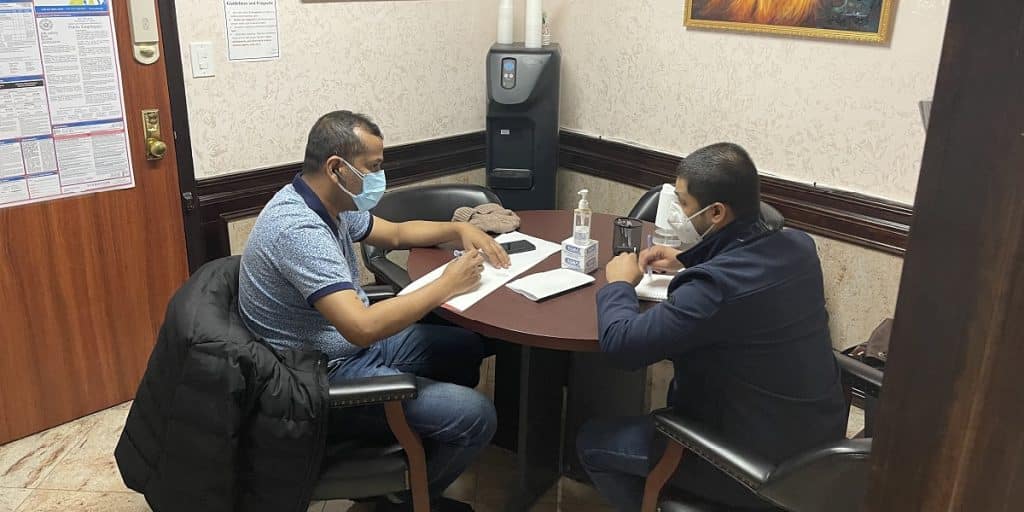
Through friends, neighbors or family members, you may have heard about the incredible benefits of refinancing your mortgage. However, you may not be clear about how a refinance works and how it affects your home financing going forward. By refinancing your home mortgage, you are essentially applying for a new mortgage. At closing, the funds from the new mortgage will be used to pay off the old mortgage. Regardless of the interest rate, terms and remaining life of the loan, the new mortgage’s terms will now be in place. There are two main types of mortgages, and these are a rate-and-term refinance and a cash-out finance.
A Rate-and-Term Refinance
A rate-and-term refinance is when you take out a new mortgage without pulling out equity. Your current mortgage balance may be significantly lower than its starting balance. This means that your new loan from a rate-and-term refinance will be lower than the first loan’s balance. As a result, you may be able to lower your monthly payment. At the same time and depending on the terms available to you, you could potentially move up your payoff date and pay less interest over the life of the loan.
A Cash-Out Refinance
Over time, you can accrue a substantial amount of equity in your home. This is achieved by paying down your mortgage with each regular payment and through property value appreciation. A cash-out refinance draws that equity out in the form of cash. This cash is often used to pay off debts, to invest and to achieve other goals. Depending on the terms of the cash-out refinance loan, you could potentially access that equity without raising your mortgage payment.
Are you wondering what benefits you could enjoy by refinancing your current mortgage? To explore the options, contact the MortgageDepot team today.
Contact one of our loan consultants to learn more.
Have questions or need help?
Call us now at 800-220-LOAN
Request a call back or email us your questions!







